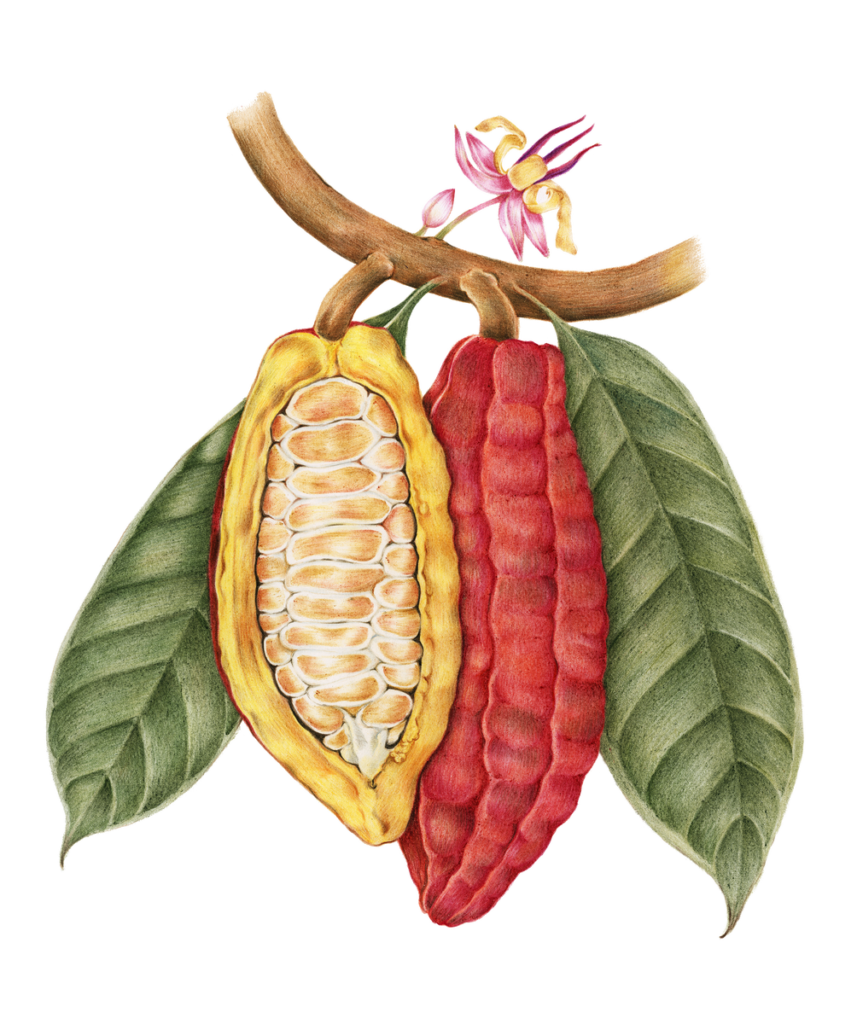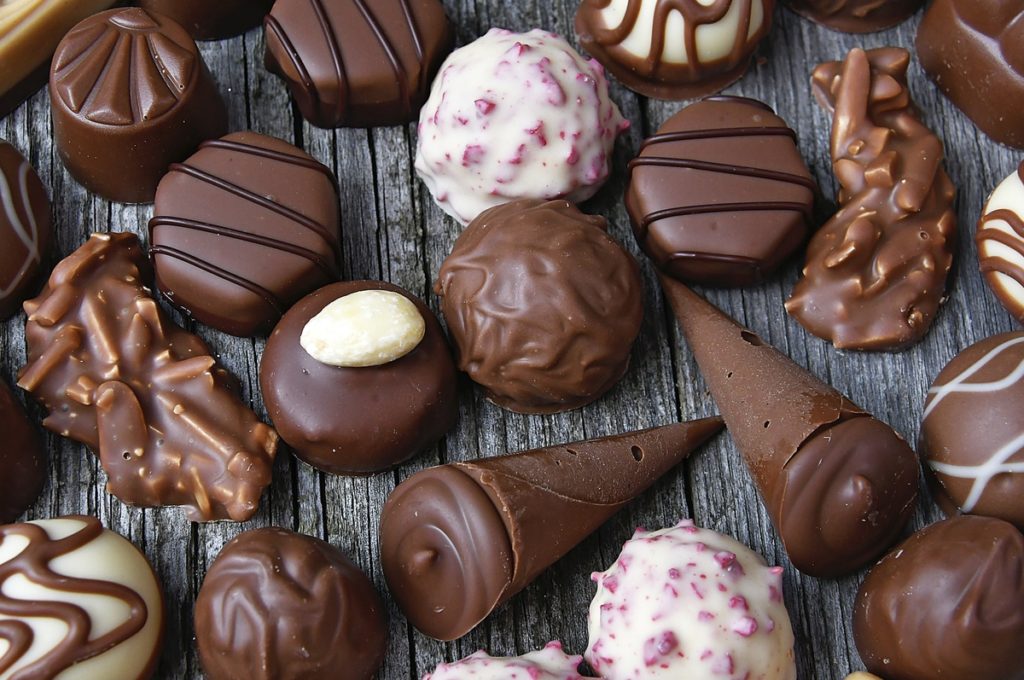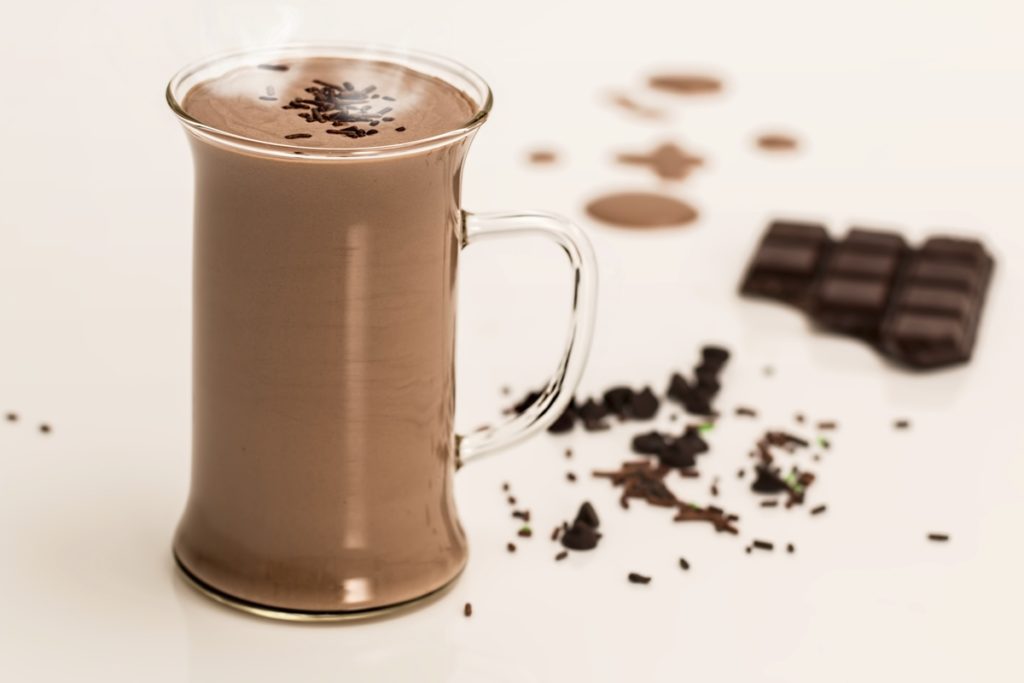With Valentine’s Day fast approaching and the US$43 billion Cocoa and Chocolate industry promoting their products as gifts for your loved ones, it’s hard not to get drawn in. Let’s be honest, we’re bound to get at least one box, even if we bought it for ourselves. I’m not a huge fan of chocolate, but I do enjoy it occasionally, especially a good-quality dark chocolate bar. So, should we be wary of our chocolate cravings during Valentines?

Chocolate is a mixture of cocoa solids, cocoa butter fat, milk, sugar and stabilisers like lecithin which help the main ingredients to form a solid mass. As if that didn’t sound like a bit of science, the cocoa solids give the chocolate its antioxidant properties, as they contain flavanols which are psychoactive organic compounds. And so, the higher the cocoa contents, the more of these antioxidants you’ll get. Typically, dark chocolate will contain 45 – 90% cocoa solids and trace amounts of milk, while milk chocolate will have mostly milk and sugar, and between 10 – 32% cocoa solids (at least in the States).
You may see vanilla included in the ingredient list, and that tends to round out the flavor and may lead to less sugar being added too. But some manufacturers use cheaper alternatives to cocoa butter such as vegetable oils and palm oil, and other additives to stabilize the product. Now although I like my KitKats, Cadbury, Agapey and Lindt, when it comes to quality chocolate, you want to see a very minimal ingredient list. That’s the standard of chocolate, I’m talking about in this article.
Studies have shown that chocolate (dark and milk varieties)
- reduces perceived stress,
- improves mood,
- boosts libido,
- can relax blood vessels to lower blood pressure, hence reducing the incidence of hypertension.
Interestingly, most of the mood-related effects were observed in women. Maybe that’s why we crave chocolate when stressed. High cocoa and chocolate intake have also been suggested to be protective against cardiovascular disease (CVD), anti-inflammatory and anti-ageing. Some studies even suggest that chocolate may reduce the risk of developing Alzheimer’s disease.
But don’t go running to the shops just yet!

Chocolate is a discretionary food and shouldn’t be your first source of nutrition, but it does comfort! Although many native Central and North American civilisations used cocoa as a part of their daily diet and rituals, dark chocolate is a high calorie food due to its high fat content. Though delicious, chocolate should be consumed with caution, because having too many calories can still lead to weight gain.
100g of 45-59% dark chocolate can supply 518 calories, whereas a similarly sized bar of 85-90% cocoa chocolate supplies 610 calories, mostly from fat (54 – 79%).
There is a bit of a conundrum when it comes to chocolate. While having too much of it can lead to weight gain, the fat in each bite could increase satiety, meaning we may eat less. And, the amount of saturated fats may negligible because of the countering effect of its flavanols on blood lipids.
High-quality Chocolate is also rich in minerals such as:
- Copper
- Manganese
- Iron
- Magnesium
- Zinc
- Potassium
- Phosphorus
But, remember not all chocolate is made equal!
In fact, Dutch-processed cocoa has reduced flavanols due to the alkali treatment process, but chocolate in the baking aisle may retain most of theirs. To get the most antioxidants go for dark chocolate with a minimum of 70% cocoa. Remember to choose FairTrade too!

Most importantly, chocolate tastes good, so enjoy your chocolate in moderation this Valentine’s day. I’ll hopefully be enjoying some delicious dark chocolate!
References
Images from rawpixel.com
Alex Beggs, 2019. What is Chocolate? Don’t Go Through the Rest of Your Life Not Knowing | Bon Appétit [WWW Document]. URL https://www.bonappetit.com/gallery/what-is-chocolate
Beggs, A., n.d. What is Chocolate? Don’t Go Through the Rest of Your Life Not Knowing [WWW Document]. Bon Appétit. URL https://www.bonappetit.com/gallery/what-is-chocolate
Boston, 677 Huntington Avenue, Ma 02115 +1495‑1000, 2017. Dark Chocolate [WWW Document]. The Nutrition Source. URL https://www.hsph.harvard.edu/nutritionsource/food-features/dark-chocolate/
Brandon Gaille, 2017. 27 Incredible Chocolate Consumption Statistics [WWW Document]. BrandonGaille.com. URL https://brandongaille.com/26-incredible-chocolate-consumption-statistics/
Fortune Business Insights, 2019. Cocoa and Chocolate Market Size, Global Share & Growth 2025 [WWW Document]. URL https://www.fortunebusinessinsights.com/industry-reports/cocoa-and-chocolate-market-100075
Joseph, M., 2018. 9 Interesting Health Benefits of Dark Chocolate. Nutrition Advance. URL https://www.nutritionadvance.com/dark-chocolate-health-benefits/
Nehlig, A., 2013. The neuroprotective effects of cocoa flavanol and its influence on cognitive performance. Br J Clin Pharmacol 75, 716–727. https://doi.org/10.1111/j.1365-2125.2012.04378.x

